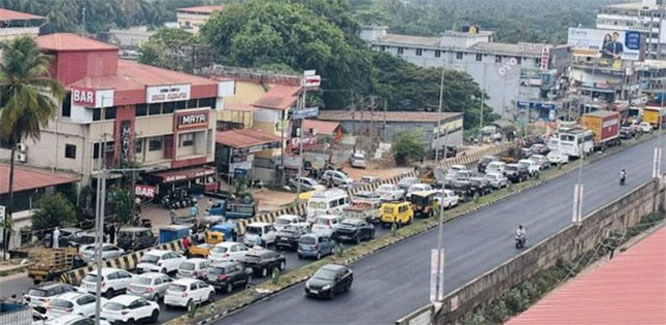
The meeting, attended among others by Sri Gangadharendra Saraswathi Swamiji of Swarnavalli Math, felt that the big dams built across the Kali river, the factories on the banks of the river, and the Kaiga nuclear power station had caused irreparable damage to the valley.
It urged the State and the Union governments to draw up a plan to rejuvenate the valley. It said the onus of protecting the forest in the Kali valley was with the KPCL.
The Swamiji felt that all four units of the Kaiga Generation Stations should be shut till the health survey, being conducted by the Tata Memorial Centre (TMC), Mumbai, proves that there are no health hazards in the areas surrounding the station.
He demanded safety committees in areas surrounding KGS. He warned that people will oppose the proposed 5th and 6th units in KGS. The Union cabinet has approved the proposal for the setting up of unit 5 and 6, and permission from the ministry of environment and forests is awaited,
Alleging that cancer and abortions were on the rise in Kaiga and surrounding areas, the Swamiji demanded transparency from Nuclear Power Corporation of India Ltd (NPCIL) officials on the effect that the plant has been having on the health of villagers residing in surrounding areas.
The swamiji alleged that despite demands that people's representatives too must be accommodated in the survey team, the government conducted the survey through TMC.
Anant Hegde Ashisar, chairman of the Western Ghat Task Force, warned of a non-violent satyagraha if the 5 & 6th units of KGS is commissioned.
Ashisar alleged that factories in Dandeli are releasing effluent toxins in to river Kali. Companies who are earning huge profits should as part of their social responsibility provide basic needs to the people. It is time to think of the welfare of the farmers and tribals living in the Kali river valley area.
The forest department planted around 500 saplings in Keravadi village.






Comments
Add new comment